As climate change continues to reshape the very landscape of our planet, it’s crucial to understand how some regions may become less habitable over time. Whether you’re dreaming about your next home or just curious about future trends, knowing which states might be affected by environmental shifts can provide both guidance and insight. Here’s a list of 13 states where you might face new challenges as climate change intensifies—because being prepared is the new chic. Dive into this listicle to discover why these states could see significant transitions and what it means for you. Because being informed and proactive is always in style.
1. Florida

Florida’s iconic beaches and sunshine might seem like a dream, but rising sea levels are turning that dream into a potential nightmare. The state’s low elevation makes it particularly vulnerable to flooding, with cities like Miami facing the brunt of it. According to a study by the Union of Concerned Scientists, a significant portion of coastal property could experience chronic flooding by 2045. You may want to trade your beach umbrella for an emergency kit if you plan on staying longer. As much as Florida promises endless summers, climate change might just rain on this parade.
Beyond flooding, Florida’s ecosystem is feeling the heat with increasingly frequent hurricanes and storms. These extreme weather events not only threaten infrastructure but also impact daily life significantly. The increased intensity and frequency of storms can lead to prolonged power outages, loss of property, and disruption of essential services. It’s crucial to consider these risks when dreaming of settling in the Sunshine State. While Florida might seem resilient, the reality of its climate challenges is hard to ignore.
2. California
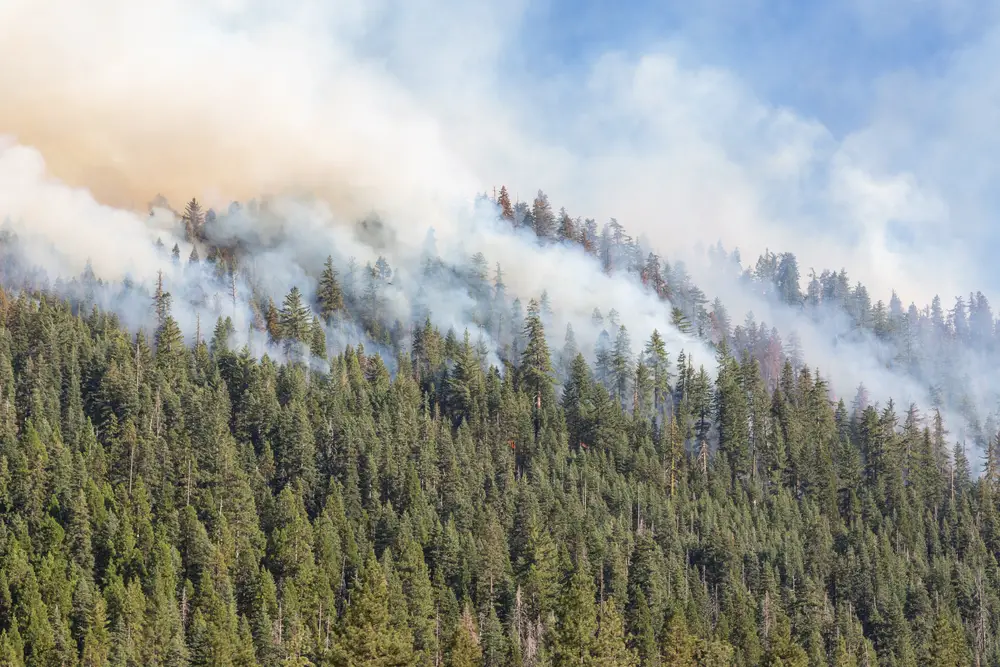
California, the land of dreams, tech innovation, and endless creativity, is grappling with significant climate challenges. Wildfires have become a distressing norm, with the state experiencing some of the most severe fires in its history. The combination of prolonged droughts and searing temperatures creates a perfect storm for these destructive blazes. Residents have had to adapt to seasonal fire threats, sometimes evacuating at a moment’s notice. This situation can make it tough to maintain that laid-back California cool.
Aside from fires, California’s water crisis is another pressing issue, driven by long periods of drought. Water rationing and restrictions are becoming more common as the state battles to conserve its precious resources. This scarcity affects agriculture, industry, and daily life, challenging the state’s thriving lifestyle and economy. For anyone considering California as their forever home, it’s essential to weigh these environmental factors. Living in the Golden State might mean embracing a new reality of conservation and resilience.
3. Louisiana
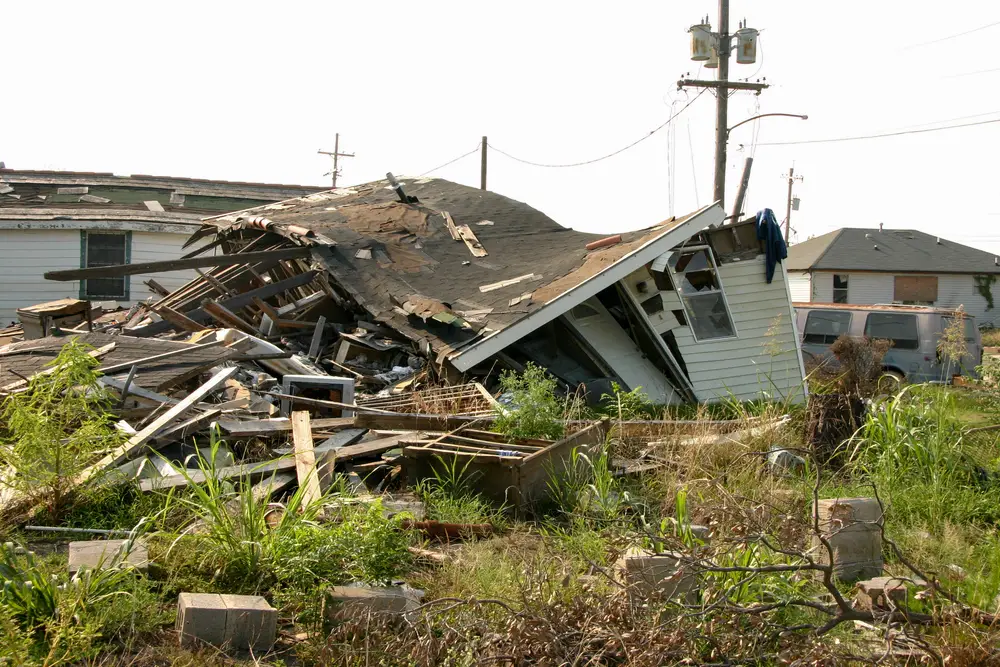
Louisiana’s rich culture and vibrant music scene are set against a backdrop of environmental vulnerability. The state is frequently hit by hurricanes, with the infamous Hurricane Katrina highlighting the potential devastation. According to data from the National Oceanic and Atmospheric Administration (NOAA), Louisiana experiences some of the highest rates of wetland loss in the country, exacerbating flood risks. The state’s unique geography, with its vast swamps and bayous, is part of its charm but also its challenge. As climate change intensifies, preserving Louisiana’s heritage becomes a race against time.
Furthermore, Louisiana’s disappearing coastlines are not just an environmental issue but also an economic one. The state relies heavily on its natural resources, but erosion and rising sea levels threaten industries like fishing and tourism. This puts pressure on both residents and local governments to find sustainable solutions. For anyone living in or moving to Louisiana, understanding these environmental dynamics is crucial. Adapting to this changing landscape requires both awareness and action.
4. Texas
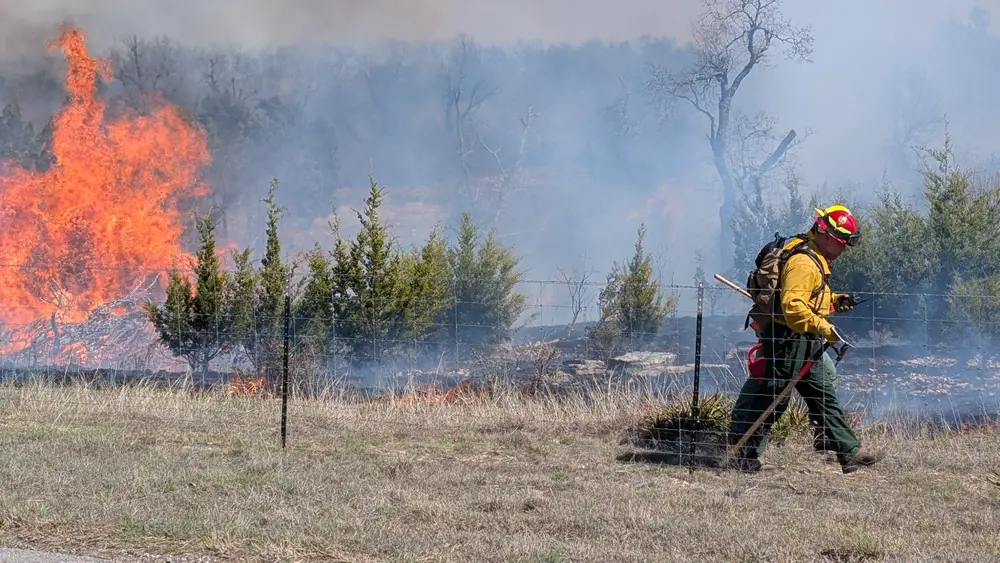
Texas is known for its vast landscapes and larger-than-life persona, yet it’s also facing significant environmental shifts. The state is no stranger to extreme weather, from severe droughts to powerful storms. These climatic events disrupt daily life, threatening infrastructure and agriculture. The question of water security looms large, with some regions experiencing prolonged dry spells. For those considering settling in Texas, the unpredictability of these conditions is a vital factor to consider.
Texas’s energy sector, a major part of its economy, also grapples with the consequences of climate change. As the state continues to diversify its energy sources, balancing environmental concerns with economic needs becomes key. Renewable energy is on the rise, but the transition comes with challenges and opportunities. This evolving landscape demands adaptability from its residents and industries alike. Living in Texas means navigating these shifts with both innovation and resilience in mind.
5. New York

New York, a beacon of culture and commerce, faces its own climate-related hurdles, particularly in its coastal areas. Rising sea levels and extreme weather pose significant risks to iconic neighborhoods and landmarks. The New York Times reports that by 2100, sea levels around New York City could rise by up to six feet, threatening vast stretches of urban landscape. This potential inundation could impact everything from transportation to housing affordability. For those who love the Big Apple, understanding these risks is part of the package.
Beyond rising waters, New York experiences intense heatwaves and increasingly unpredictable weather patterns. These conditions strain the city’s infrastructure and affect public health, especially among vulnerable populations. The urban heat island effect exacerbates temperature extremes, making summers particularly challenging. Balancing the city’s vibrant life with these environmental realities requires innovative solutions and community action. For residents, staying informed and engaged is essential in navigating this evolving urban environment.
6. Arizona
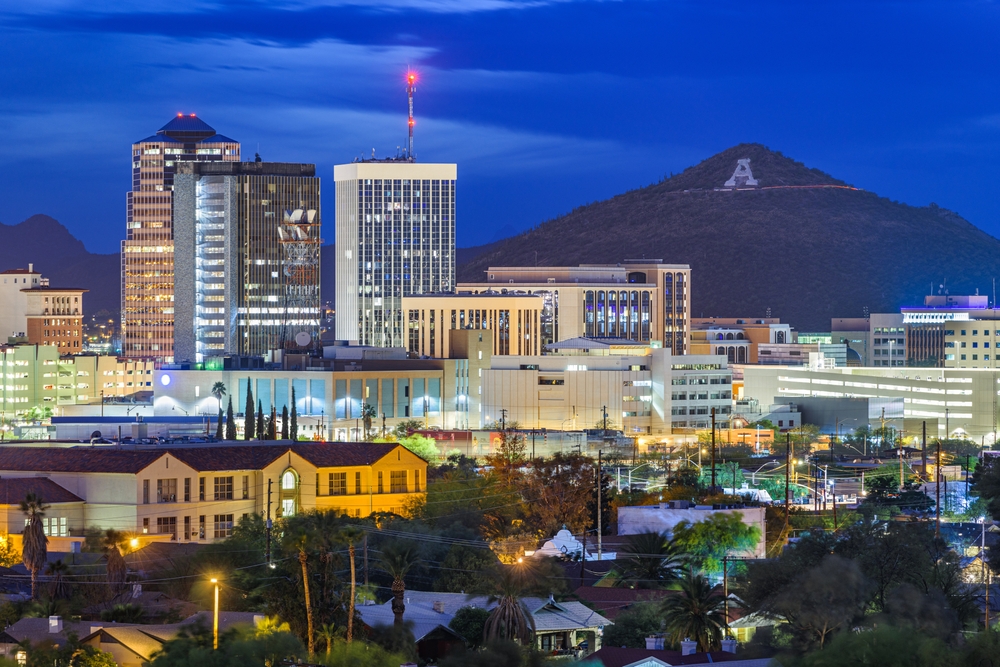
Arizona’s stunning deserts and dramatic landscapes offer a unique living experience, but they come with climate challenges. The state faces extreme heat, with temperatures soaring and setting records nearly every summer. This relentless heat affects daily life, from energy consumption to outdoor activities. Residents must adapt their lifestyles to cope with these conditions, which can be both physically and financially demanding. While Arizona’s beauty is undeniable, its climate extremes are an essential consideration.
Water scarcity is another pressing issue in Arizona, driven by persistent droughts and overuse of resources. As a desert state, water management is crucial to sustaining communities and local economies. This scarcity impacts agriculture and can lead to conflicts over resource allocation. For anyone considering a move to Arizona, understanding the complexities of water rights and conservation efforts is key. Living here means embracing sustainable practices and planning for a drier future.
7. New Jersey
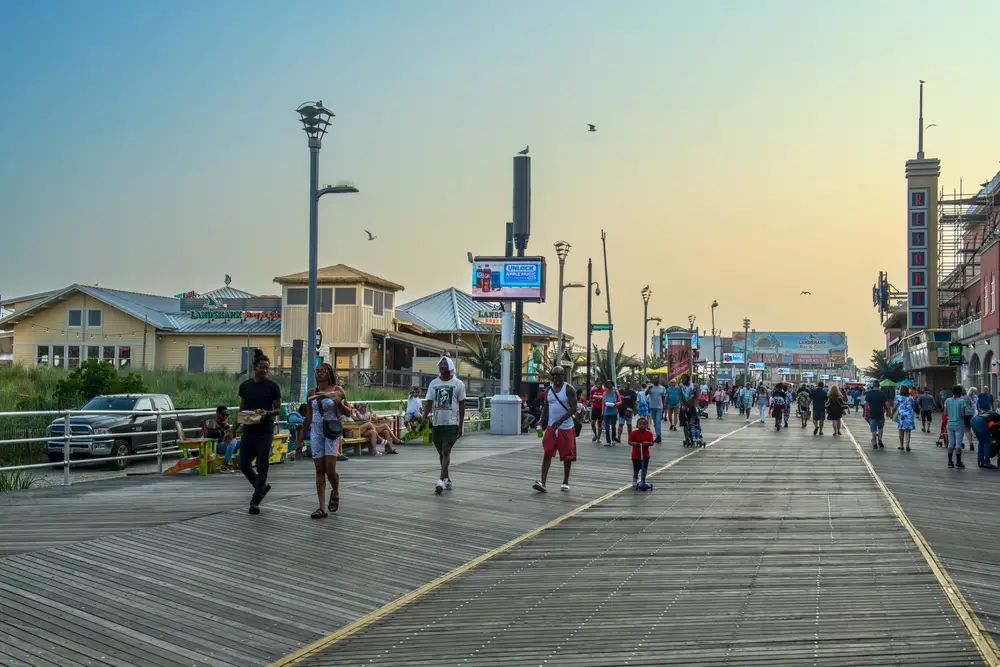
New Jersey’s proximity to major urban centers and its charming coastline make it an attractive place to live, but climate impacts are looming. Rising sea levels threaten its coastal communities, with frequent flooding becoming an increasing concern. The National Climate Assessment highlights that New Jersey has already experienced significant increases in both the frequency and intensity of coastal storms. These changes pose risks to infrastructure, property, and local economies. For those who call New Jersey home, proactive planning and adaptation strategies are essential.
Beyond the coast, New Jersey is dealing with rising temperatures and changing precipitation patterns. These shifts affect everything from agriculture to public health, challenging the state’s capacity to respond effectively. Increased heat can exacerbate pollution, impacting air quality and health outcomes across communities. As the state grapples with these challenges, integrating climate resilience into urban planning becomes more important than ever. Residents should be prepared to engage in these community efforts to protect their way of life.
8. Nevada

Nevada’s reputation as an entertainment hub is contrasted by its harsh climate realities. The state faces extreme heat and prolonged droughts, making water scarcity a pressing issue. Las Vegas, an iconic city within Nevada, must navigate the complexities of sustaining growth amidst these environmental challenges. Residents and officials alike are tasked with finding innovative solutions to conserve water and manage resources. Anyone considering Nevada as home should be prepared for a lifestyle that prioritizes conservation.
The state’s reliance on tourism also presents climate-related challenges. As temperatures rise, outdoor attractions and experiences may become less appealing to visitors. This shift can impact the local economy, which heavily depends on tourist revenue. Adapting to these changes requires strategic planning and diversification of attractions. Living in Nevada means embracing its desert charm while acknowledging the need for sustainable practices.
9. South Carolina

South Carolina’s picturesque beaches and historic charm are not immune to the effects of climate change. Rising sea levels threaten its coastal towns, with erosion becoming a significant issue for property and tourism. The state’s vulnerability to hurricanes also poses risks, as these storms can cause widespread damage and disruption. As a resident, it’s essential to stay informed about evacuation routes and emergency plans. South Carolina’s allure is undeniable, but it comes with a need for preparedness.
Inland, the state experiences changing weather patterns that can affect agriculture and daily life. Shifts in temperature and precipitation impact crop yields and water availability. For those working in or dependent on agriculture, adapting to these changes is crucial. The community’s resilience and ability to adjust will determine South Carolina’s future. Anyone calling this state home must be ready to embrace both its beauty and its challenges.
10. Virginia
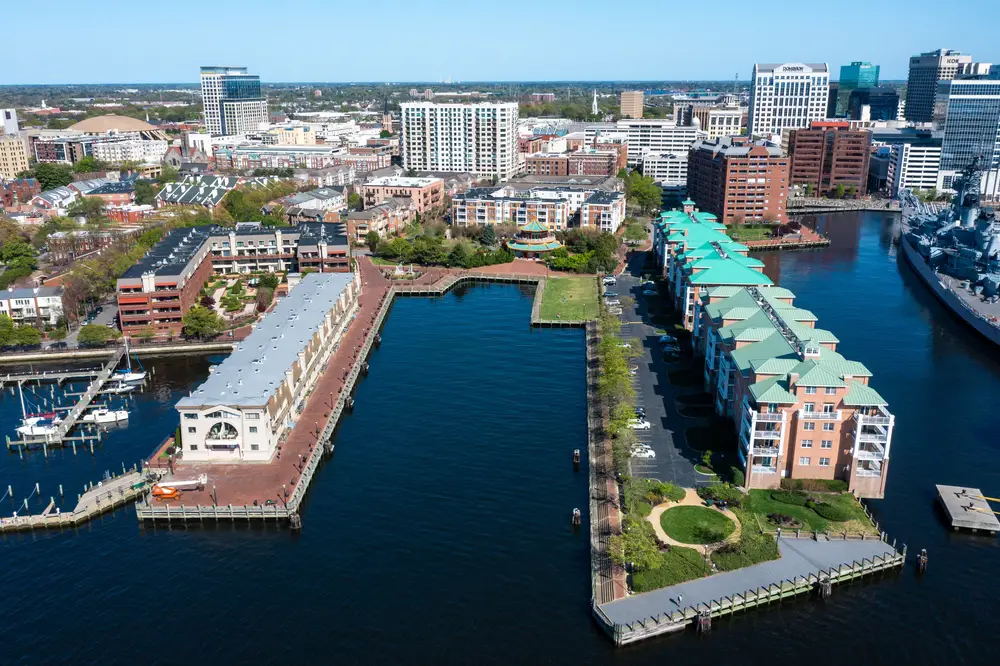
Virginia, with its rich history and diverse landscapes, faces climate change challenges that require attention and action. Rising sea levels threaten coastal regions like Hampton Roads, where flooding is becoming more frequent and severe. This encroaching water puts homes, businesses, and military installations at risk, requiring innovative solutions and infrastructure improvements. Residents must consider future risks when making decisions about housing and investments. The allure of Virginia’s coast is undeniable, but it calls for strategic planning and adaptation.
The state’s inland areas are also experiencing shifts in weather patterns, impacting agriculture and water resources. Changing temperatures and precipitation levels can disrupt traditional farming practices and strain water supplies. As these challenges grow, the importance of sustainable practices and resource management becomes clear. For those living in Virginia, participating in community efforts to address these issues is vital. Embracing a proactive approach will help safeguard the state’s future.
11. Mississippi

Mississippi’s charm lies in its rich culture and natural beauty, but climate change is posing significant challenges. The state faces the dual threats of rising sea levels and increased hurricane activity, particularly affecting the Gulf Coast region. Flooding and storm surges can cause severe damage to infrastructure and communities, requiring robust emergency preparedness plans. Residents must navigate these risks with an eye toward long-term resilience. Mississippi’s allure is strong, but so is the need for proactive planning.
Inland, Mississippi experiences shifts in weather patterns that affect agriculture and daily living. Changes in temperature and rainfall can alter growing seasons and impact crop yields, challenging the state’s agricultural backbone. For those reliant on farming, adapting to these changes is both a necessity and a challenge. The state’s ability to innovate and respond will be key to maintaining its economic stability. Anyone considering Mississippi as home should be prepared for an evolving climate landscape.
12. Alaska
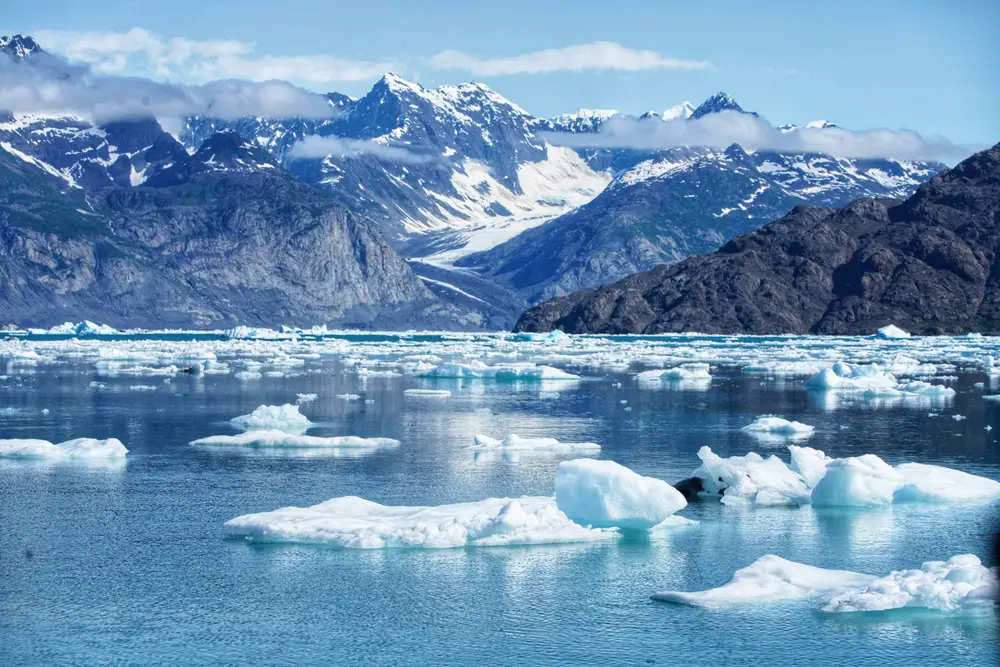
Alaska’s breathtaking landscapes and rugged wilderness offer a unique living experience, but the state is on the frontlines of climate change. Melting ice and thawing permafrost are reshaping the environment, impacting wildlife and local communities. This rapid transformation presents challenges for infrastructure and traditional ways of life. For residents, adapting to these changes requires both resilience and innovation. Alaska’s natural beauty is unparalleled, but it comes with a need for awareness and adaptability.
The state’s indigenous communities are particularly vulnerable, as they rely heavily on subsistence living and natural resources. Changes in animal migration patterns and plant life affect food security and cultural practices. Preserving these traditions amidst a changing climate is a significant challenge, requiring collaboration and support. For those who call Alaska home, understanding and respecting this dynamic is essential. Embracing a sustainable approach is key to thriving in this unique environment.
13. Georgia

Georgia’s blend of urban excitement and southern charm is threatened by changing climate conditions. The state faces increased risks of extreme weather events, including hurricanes and heatwaves. These climatic shifts can disrupt daily life, affecting everything from agriculture to transportation infrastructure. For residents, staying informed and prepared is crucial in navigating these challenges. Georgia’s appeal is timeless, but it requires a forward-thinking approach to sustainability.
The state’s agricultural sector, a vital part of its economy, is also feeling the effects of climate variability. Changes in temperature and rainfall patterns can impact crop yields and water resources, challenging traditional farming practices. Innovative solutions and technology will be key to adapting and thriving in this new environment. For those living in Georgia, participating in these efforts can ensure a more resilient future. Embracing change while preserving the state’s rich heritage will define Georgia’s path forward.
